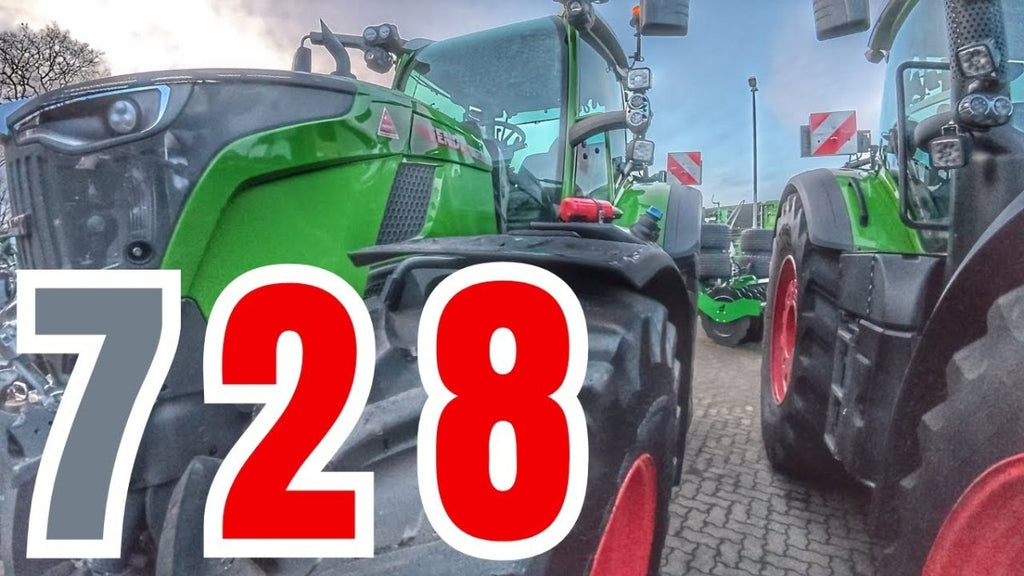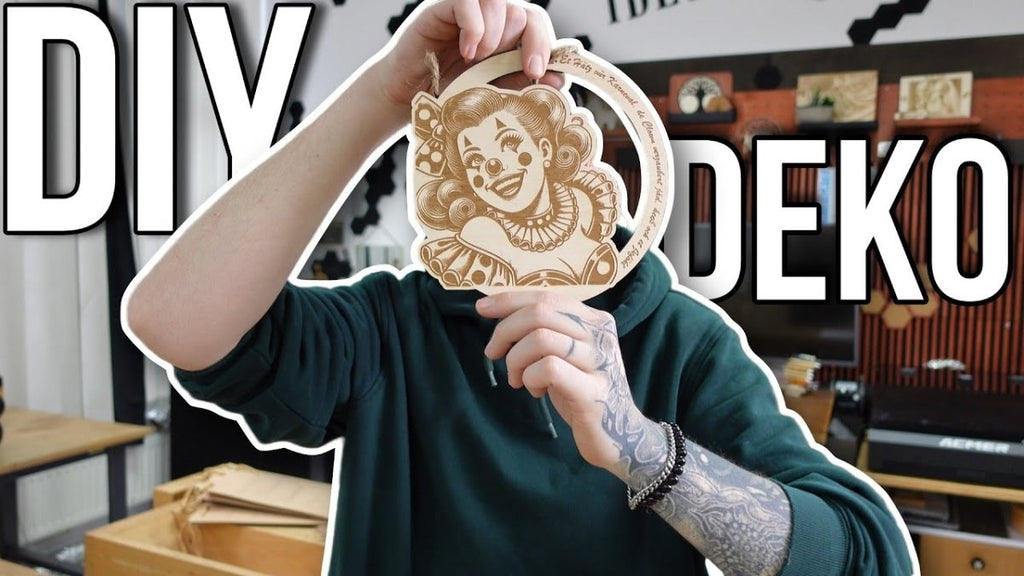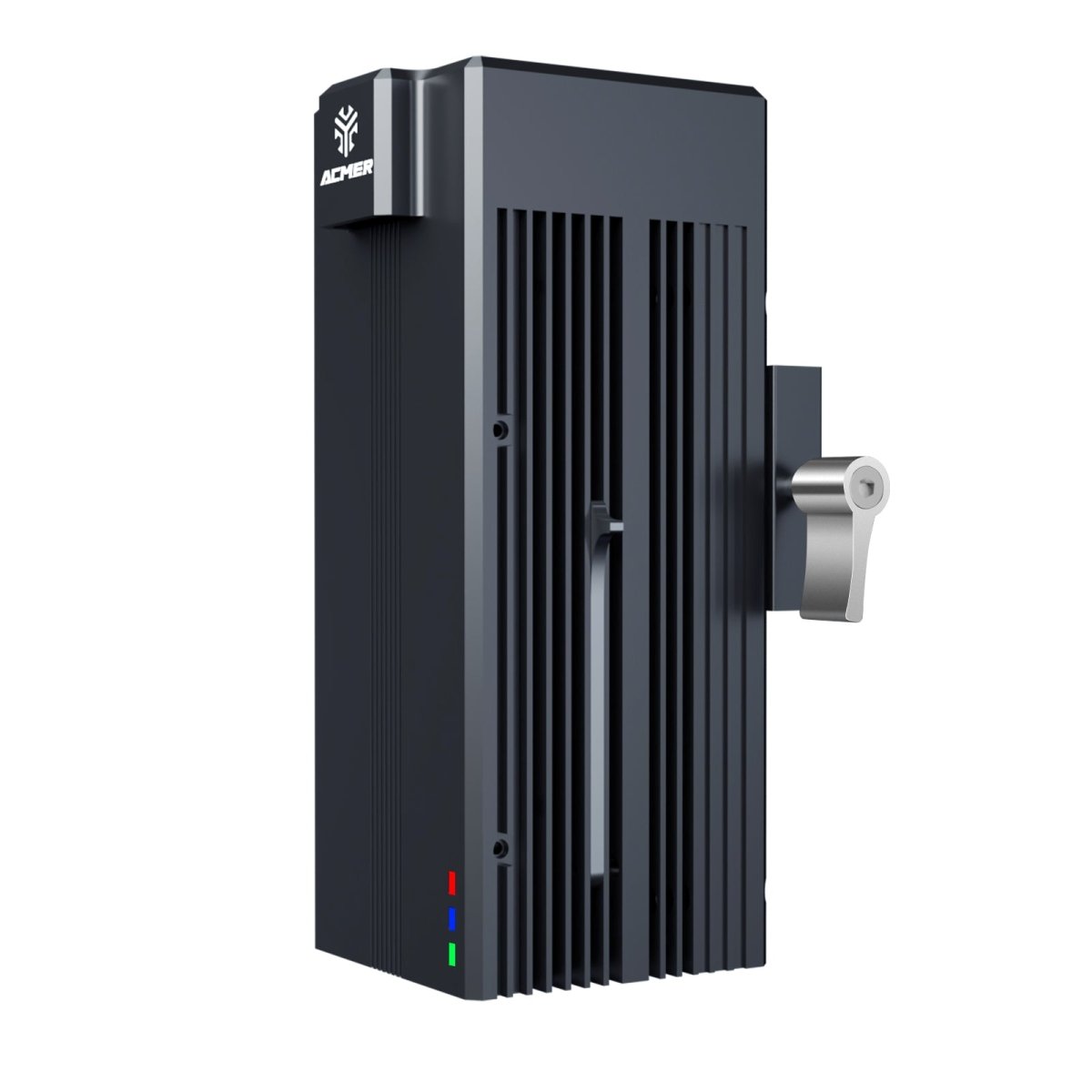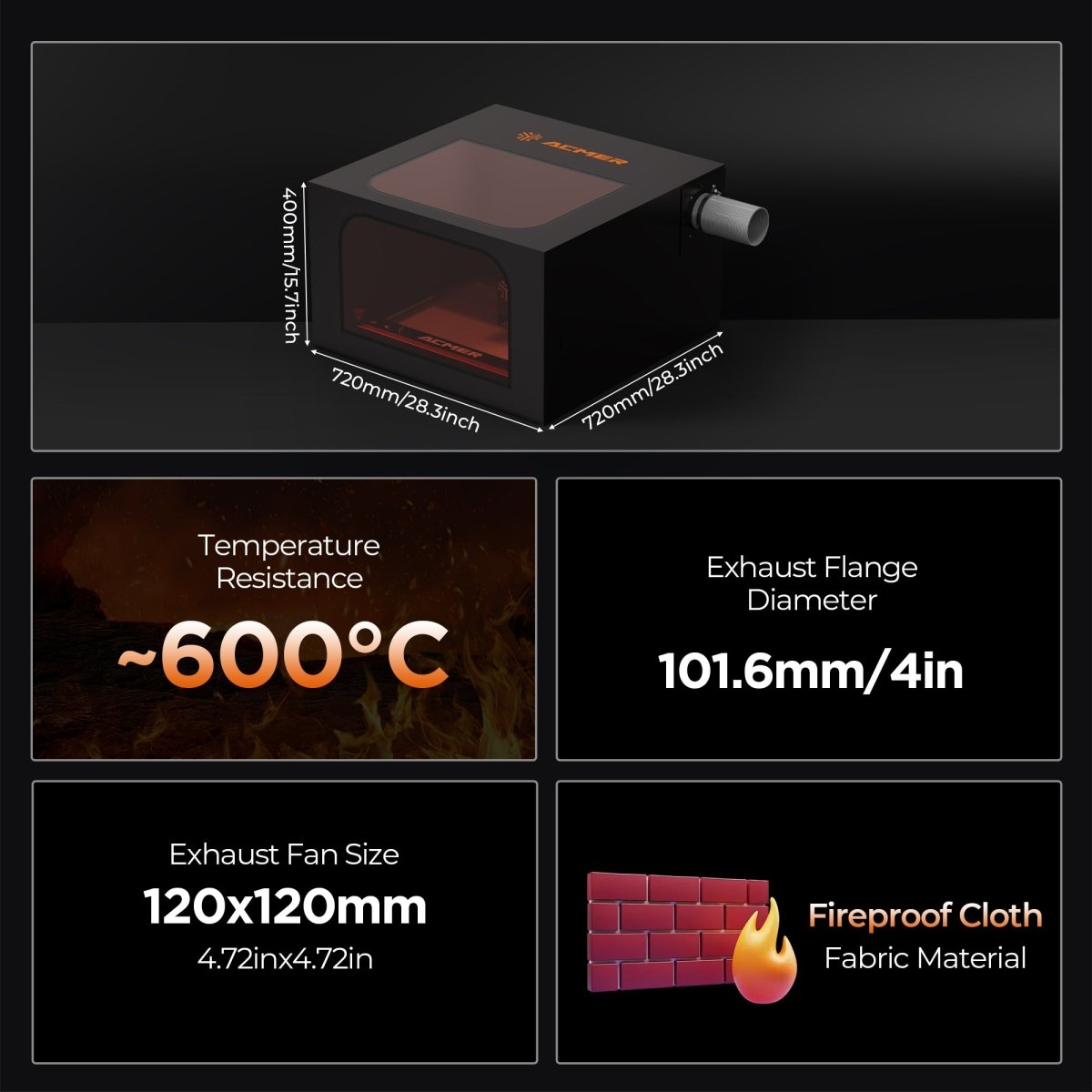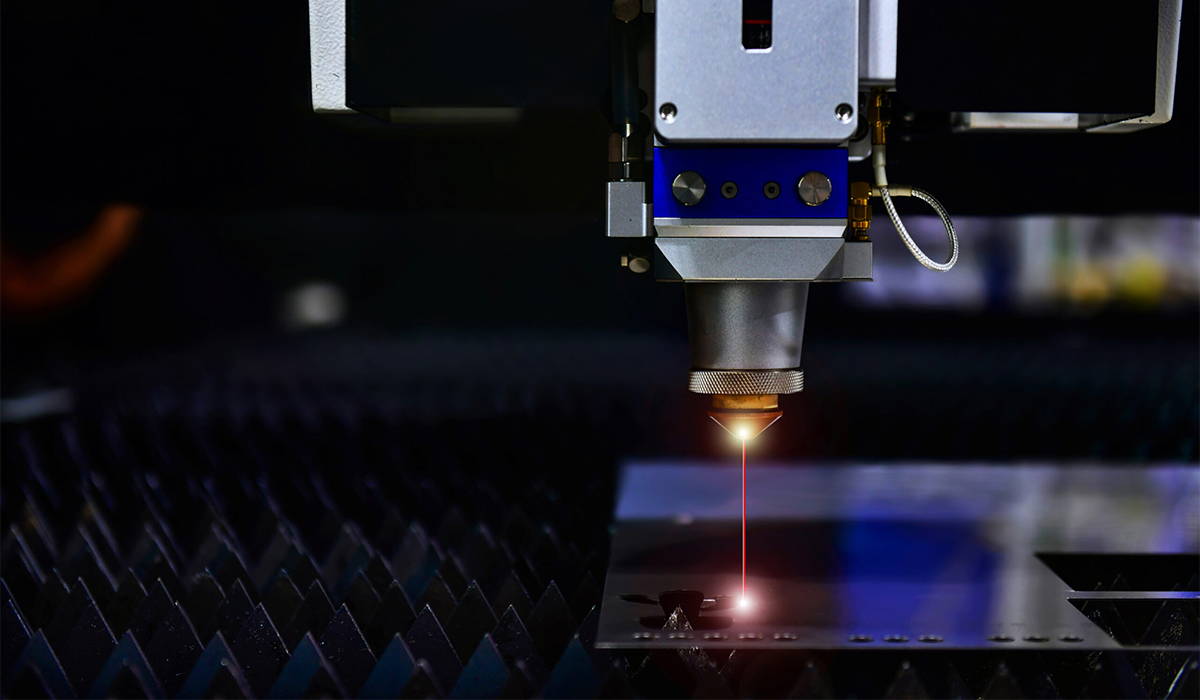
Written by Kevin - Published on Mar 28, 2024
Difference Between Fiber and Diode Laser Engraver
Laser engraving has revolutionized the way we personalize and embellish various materials such as wood, acrylic, and metal. Among the different types of laser engravers available in the market, diode and fiber laser engravers are widely used. While both machines harness the power of lasers, they differ in terms of technology, performance, and applications. In this article, we will delve into the dissimilarities between diode and fiber laser engravers, exploring their strengths, weaknesses, and ideal applications. Whether you're a hobbyist, a small business owner, or simply interested in understanding the nuances of laser engraving, this article will provide you with valuable insights.
Understanding Diode Laser Engravers
Diode laser engravers are known for their compact size, affordability, and ease of use. These machines utilize diode-pumped solid-state (DPSS) technology to generate laser beams. The laser source in a diode engraver is a diode laser, which emits light through the process of stimulated emission. This type of engraver typically operates at a wavelength of around 445nm.
Key Features and Benefits of Diode Laser Engravers
Compact and Portable: Diode laser engravers are often designed as desktop models, making them highly portable and suitable for small-scale applications. They are ideal for users who require mobility or have limited workspace.
Affordability: Diode laser engravers are generally more budget-friendly compared to other types of laser engraving machines. Their lower price point makes them accessible to a wider range of users, including hobbyists and small businesses.
User-Friendly Interface: These engravers often come with intuitive software interfaces, allowing users to easily control and customize their engraving projects. The user-friendly nature of diode laser engravers makes them ideal for beginners.
Applications of Diode Laser Engravers
Diode laser engravers are commonly used for engraving or marking various materials, such as wood, acrylic, leather, and some metals. Their lower power output makes them well-suited for lighter engraving tasks, such as personalized gifts, signage, and small-scale artwork. They are also popular among DIY enthusiasts and hobbyists due to their affordability and ease of use.
Exploring Fiber Laser Engravers
Key Features and Benefits of Fiber Laser Engravers
High Precision and Speed: Fiber laser engravers are capable of producing highly detailed and intricate engravings with exceptional precision. Their high laser power and rapid pulsing enable them to achieve faster engraving speeds compared to diode laser engravers.
Wide Range of Materials: Fiber laser engravers can effectively engrave and mark a wide range of materials, including metals, plastics, ceramics, and even some reflective surfaces. They offer greater versatility in terms of material compatibility.
Durability and Maintenance: Fiber laser engravers are known for their robustness and longevity. The absence of moving parts, such as mirrors or crystals, reduces the need for frequent maintenance and ensures reliable performance over time.
Applications of Fiber Laser Engravers
Fiber laser engravers find extensive applications in various industries, including jewelry making, medical device manufacturing, electronics, and automotive. They excel in tasks that require high precision, such as engraving serial numbers, barcodes, logos, and intricate designs on metal components. The ability to engrave on reflective surfaces makes fiber laser engravers ideal for marking stainless steel and other metals used in industrial settings.
What files can be used with diode and fiber laser engravers?
Both diode and fiber laser engravers utilize vector file formats for engraving purposes. The most commonly used vector file format is the scalable vector graphics (SVG). This file format defines shapes, lines, and curves using mathematical equations, allowing for precise control over the laser's movement. SVG files can be created using various design software, including Adobe Illustrator, CorelDRAW, and Inkscape.
Additionally, laser cutters also accept other common vector file formats such as DXF (Drawing Exchange Format) and AI (Adobe Illustrator). These file formats ensure compatibility and ease of use when preparing designs for laser engraving.
Conclusion
In summary, diode and fiber laser engravers differ in terms of technology, performance, and applications. Diode laser engravers are compact, affordable, and well-suited for lighter engraving tasks on materials like wood and acrylic. On the other hand, fiber laser engravers offer exceptional precision, speed, and versatility, making them ideal for a wide range of materials, including metals.
When choosing between the two, consider your specific needs, budget, and intended applications. Whether you opt for a diode laser cutter for its affordability and user-friendly interface or a fiber laser engraver for its precision and versatility, both machines have their advantages and can deliver impressive results.
Remember to consider factors such as the type of materials you plan to engrave, the level of detail required, and the volume of work you expect to handle.
FAQs (Frequently Asked Questions)
How do I choose between a diode laser engraver and a fiber laser engraver?
When choosing between a diode laser engraver and a fiber laser engraver, consider factors such as your budget, intended applications, and desired level of precision. Diode laser engravers are more affordable and user-friendly, making them suitable for hobbyists and small-scale projects. Fiber laser engravers offer superior precision, speed, and versatility, making them ideal for industrial applications and detailed engraving on various materials, including metals.
Can a desktop laser engraver handle professional-level engraving tasks?
Yes, desktop laser engravers can handle professional-level engraving tasks depending on their specifications and capabilities. While they may not have the same power and speed as larger industrial-grade machines, desktop laser engravers are suitable for a variety of applications, including personalized gifts, signage, artwork, and small-scale production. It's important to assess your specific requirements and choose a desktop laser engraver that meets your needs.
Can I use a diode laser engraver at home or on a desktop?
Yes, there are laser engraver available that are designed for home or desktop use. Diode laser engravers, in particular, are often compact and portable, making them suitable for smaller workspaces. However, it's important to ensure proper ventilation, safety measures, and adherence to any local regulations or guidelines when using a laser cutter at home.
Can laser engraver engrave materials other than wood and acrylic?
Yes, laser engraver can engrave a variety of materials beyond wood and acrylic. Depending on the type of laser engraver, they can effectively engrave and mark metals, plastics, ceramics, leather, glass, and even some reflective surfaces. Fiber laser engravers, in particular, offer greater versatility when it comes to material compatibility.
What advantages does a fiber laser engraver offer over a diode laser engraver?
Fiber laser engravers offer several advantages over diode laser engravers. They provide exceptional precision and speed, enabling highly detailed and intricate engravings. Fiber laser engravers are also more versatile in terms of material compatibility, allowing engraving on metals, plastics, ceramics, and even reflective surfaces. Additionally, fiber laser engravers are known for their durability, minimal maintenance requirements, and reliability over time.
Related blogs

